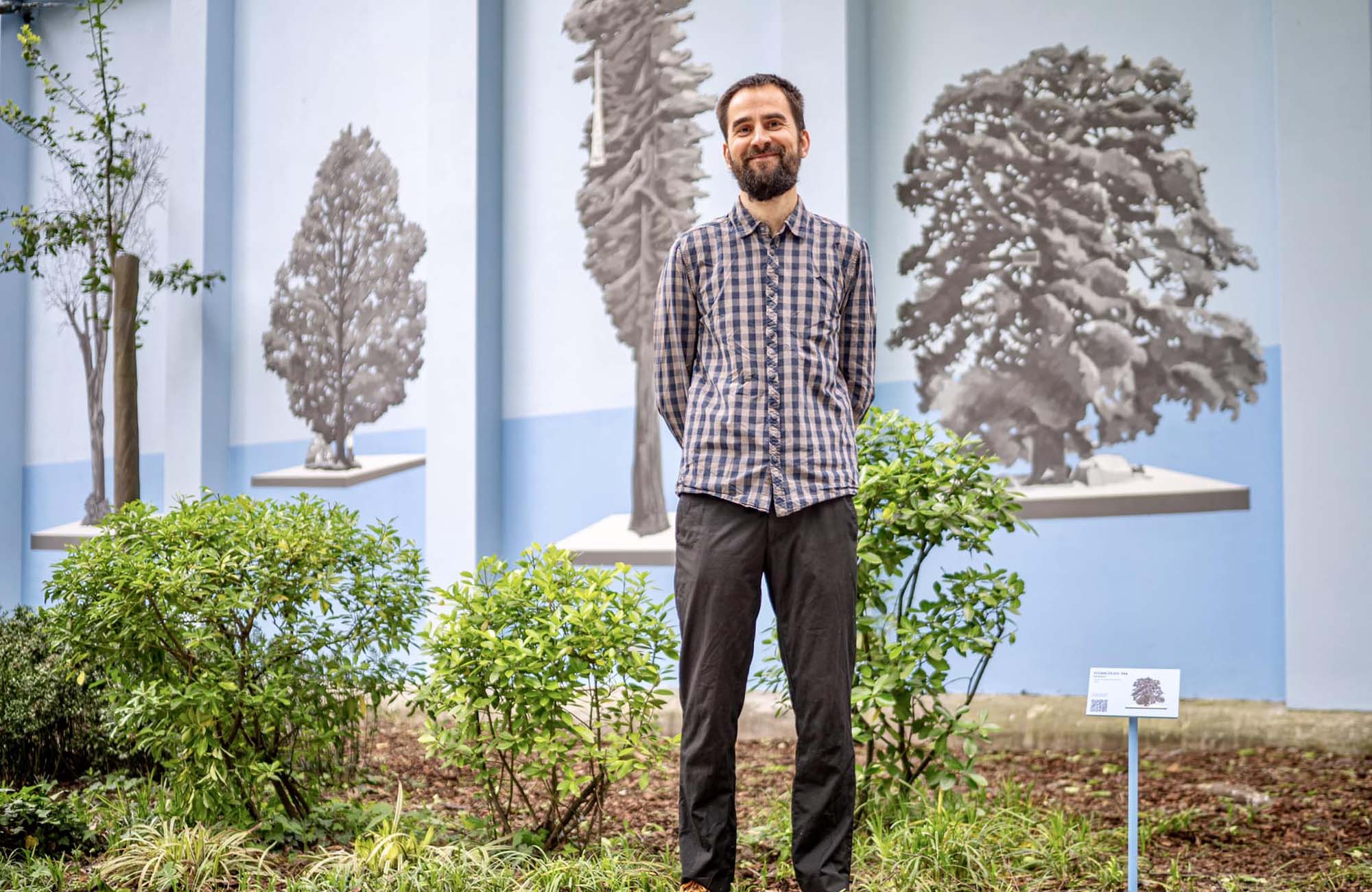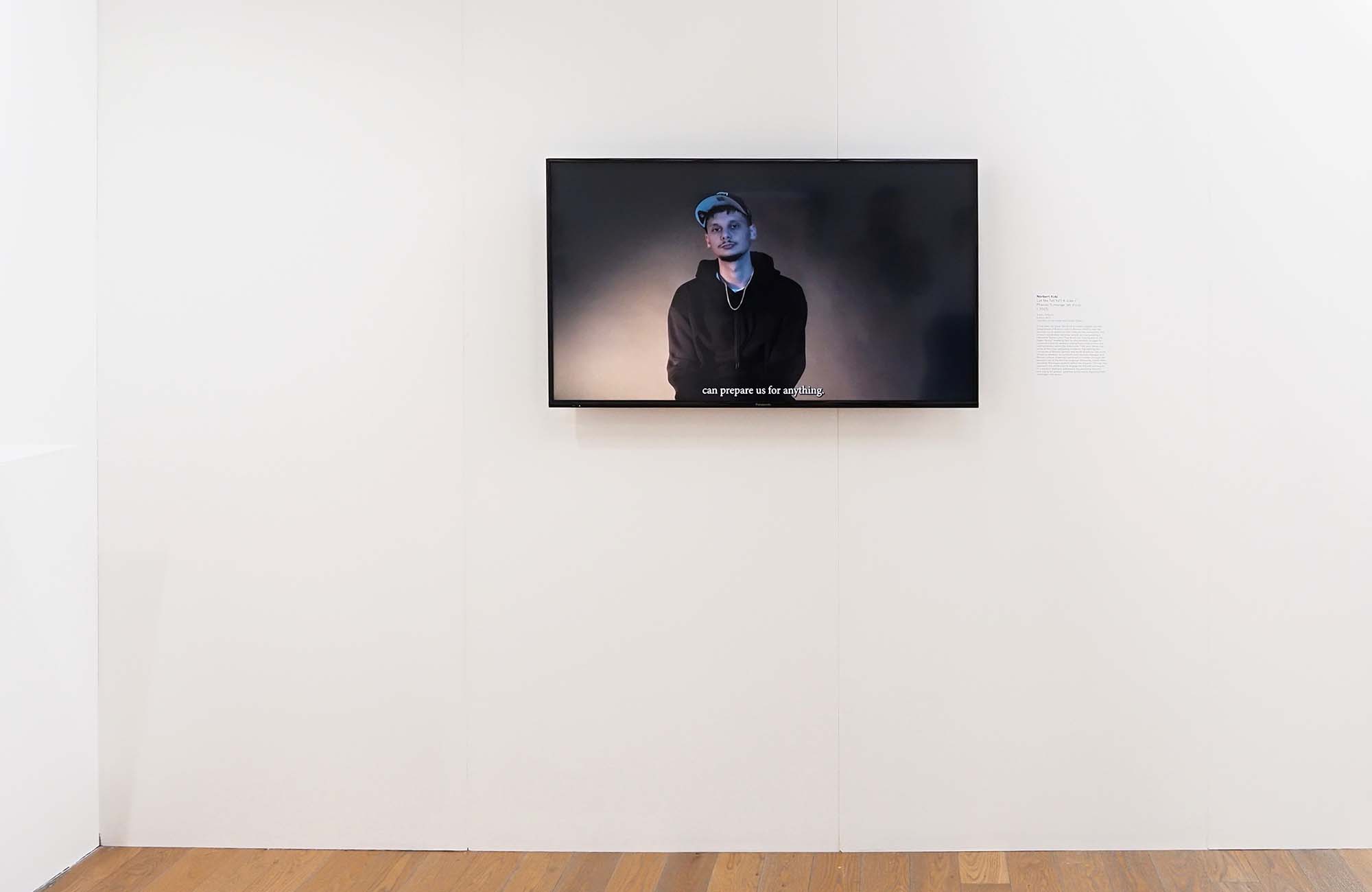Confronting Female Roles
Visiting Anikó Kovács Csonga’s Open Studio
Anikó Kovács Csonga (1987, Michal na Ostrove, Slovakia), printmaker and conceptual artist, presented a solo exhibition in her studio on 16th September 2023, after a three-year break from her creative work.
The open studio was the opening event of her project Confrontations, the first exhibition featuring her work on motherhood and her first solo exhibition since her withdrawal in 2018. Thus, the event marked the opening of a new phase in her creative practice, one that differs from previous years in its use of materials, symbolism and spatiality but that remains linked to her previous works.
Confrontations is a multi-year project that examines the increasingly prominent research topic of Central and Eastern European art history of women artists and the artistic representation of motherhood via the concepts of tradition and emancipation.
The feminist discourse has played a major role in opening debates on gender inequality, various challenges, and the changing roles of the archetypal woman. At the same time, this discourse has amplified the differences between the specific identities of women in various European regions, highlighting the gender differences in these countries.
In Catholic-conservative countries, such as Slovakia, there was a widespread representation of the myth of the heroic, self-sacrificing woman (Mater Dolorosa),[1] but after the political change, the emphasis shifted to the essentiality of motherhood as the fulfilment of womanhood, pointing towards a passive female role of the mother as the pillar of the heterosexual family. This myth is a patriarchal construction that also influences Anikó Kovács Csonga and her art, who, as a young mother of two, a wife, a housewife and a working woman in a rural area, takes on roles that limit her creative freedom in multiple aspects, however, she considers these challenges inspiring.
The exhibited artworks were created in two phases and aim to depict female roles and motherhood through the genre of experimental printmaking. Her children and her pregnancy were the characters and “raw materials” of her older objects, made between 2016-2018.
After her break, she continued her series in 2021, focusing on herself, highlighting her constantly conflicting roles as a woman, a leader, a mother and an artist who wants to fulfil her artistic potential.
Her most recent works tell the story of her difficulties of self-realisation. Instead of anonymity, she reveals herself with her face and depicts herself undertaking locally socially favoured female roles.
The genre-diverse works of the series are linked by the artist’s choice of symbolism, which draws on everyday tools related to motherhood (pacifiers, irons, vacuum cleaners, textile nappies). Instead of classical techniques, she experiments with using, combining and layering materials (mirrors, foil, Plexiglas, baby clothing) that are present in everyday life, creating installations that give way to multi-layered readings.
In our short video, Anikó Kovács Csonga, in addition to presenting her work, talks about her own experience of fulfilling the roles of female artist and mother.
[1] The cult of Mary was present in Hungary from the 11th century. The Virgin Mary, as the patroness and protector of the country, played an important role in the ideological thinking and propaganda of the period. She was seen as a guarantee of the nation’s survival. When men were fighting wars, participating in uprisings or serving time in prison, women bore the full burden of the family. Women fighting for the survival of their country were associated with the Christian figure of Mater Dolorosa (Our Lady of Sorrows), sharing the suffering of her Son (husbands, fathers and sons fighting for the whole country), thus becoming the secular equivalent of the Virgin Mary.


